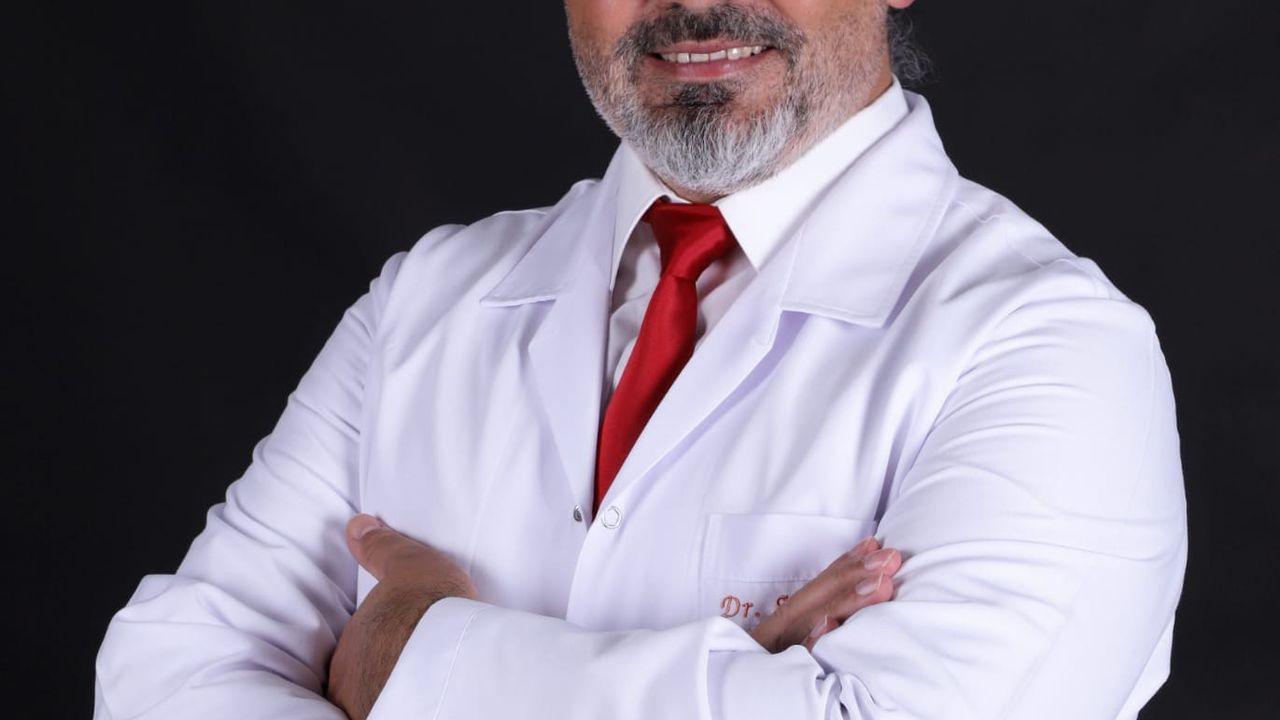It is also known as the power the heart gives to the cardiac vessels during contraction. Pulse is heart rate. To summarize, our pulse rate shows how many times the heart contracts in a minute. We can also understand our pulse by placing our fingers on certain parts of the arteries. These regions; wrists, temples, both sides of our neck. The most commonly used place to check the pulse is our wrist. When we turn our hands so that our palms are facing forward, there is an artery we call "radial artery" just on the outside of our wrists. We can feel our pulse very easily when we check this area by applying light pressure with our finger. In a healthy person, the pulse rate at rest should be between 60 and 100 beats per minute. If the pulse is lower than this value, it means low pulse; If it is high, it is called 'high pulse', that is, tachycardia.
How to Treat Low Pulse?
First of all, the reason for this should be determined. The problem of low pulse rate first brings to our mind problems related to heart health. The patient's history is also extremely important in the cause of low pulse. Diagnosis should be made and treatment should be planned accordingly, taking into account the patient's daily physical activity intensity, age, gender and existing diseases. Permanent pacemaker treatment should also be considered in appropriate cases. If our average heart rate is between 50-65, this is actually an extremely healthy situation. The closer our average pulse rate is to 80-90, the less healthy we are.
How to Increase Low Pulse?
The only and simple way to do this is to insert a pacemaker. If the problem causing low heart rate is not temporary and cannot be corrected with some measures, we have only one treatment option, and that is to insert a pacemaker. However, not every patient with a low pulse can be fitted with a pacemaker. If the pulse level cannot be increased to the desired level after all precautions are taken and correctable problems are corrected, a pacemaker is required in most cases.
To protect heart health;
* Consuming fruits and vegetables, known to be heart-friendly, in season.
*Keeping blood pressure under control.
*Elderly people should have their blood pressure checked regularly.
*Pay attention to a low-salt diet. Low-calorie foods should be preferred.
*Make an exercise plan appropriate to age and daily activities and follow this plan regularly. For heart health, especially cardio-based exercises should be included.
*If we are overweight, we should try to get rid of it and stay at the ideal weight.
* Keeping cholesterol under control
*Avoiding smoking and excessive alcohol consumption
* Paying attention to your diet and eating healthy, natural foods


































